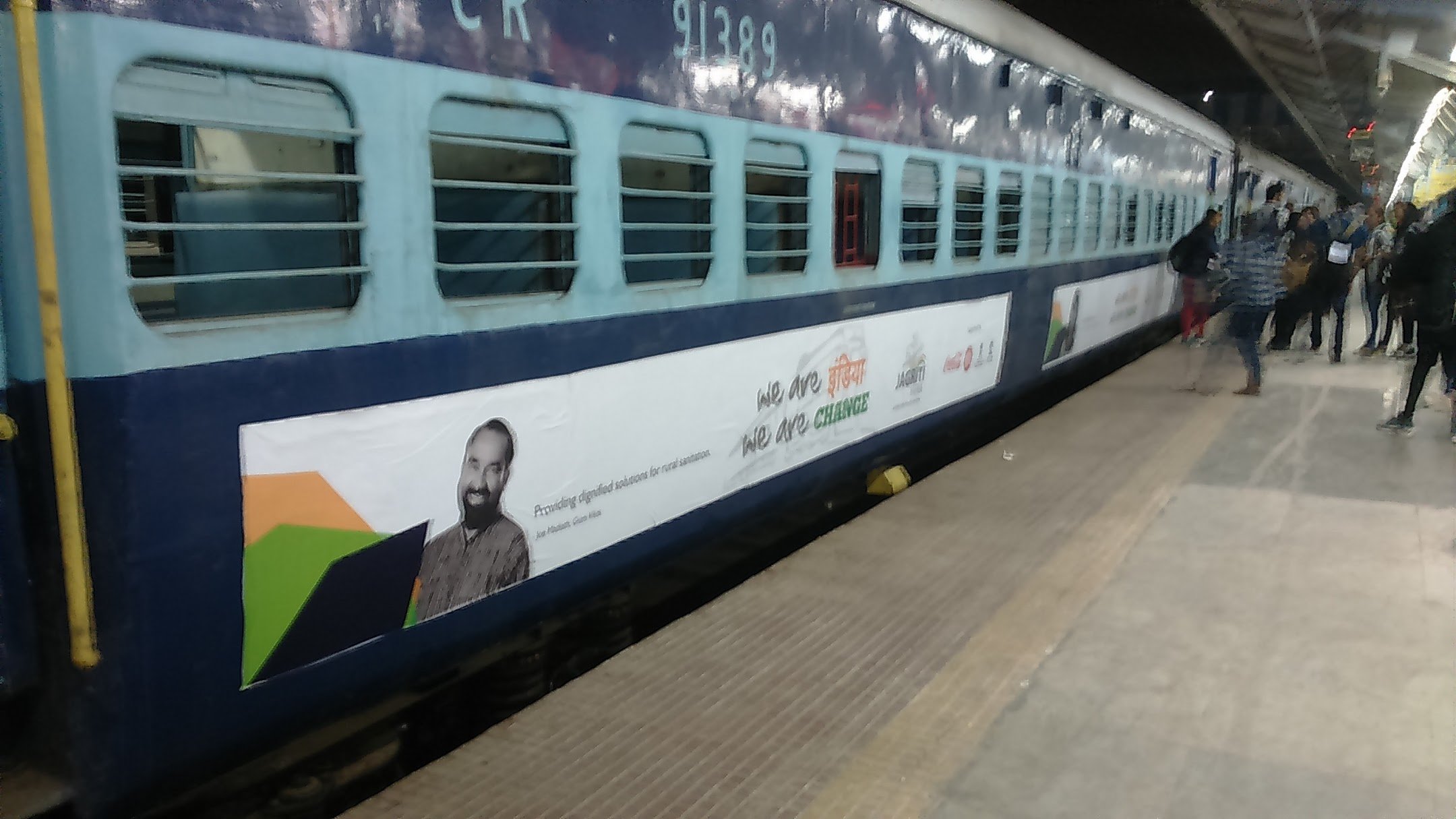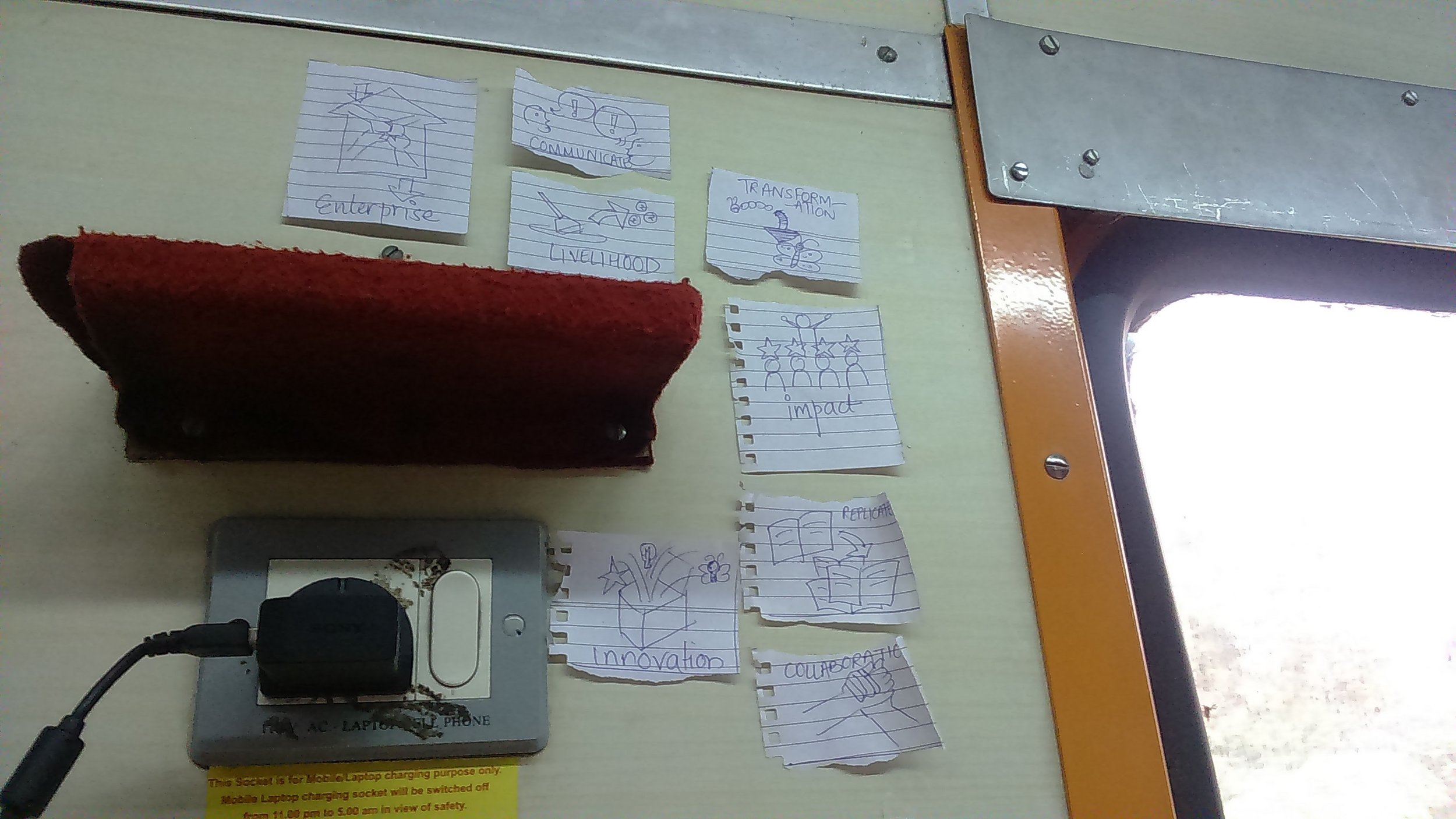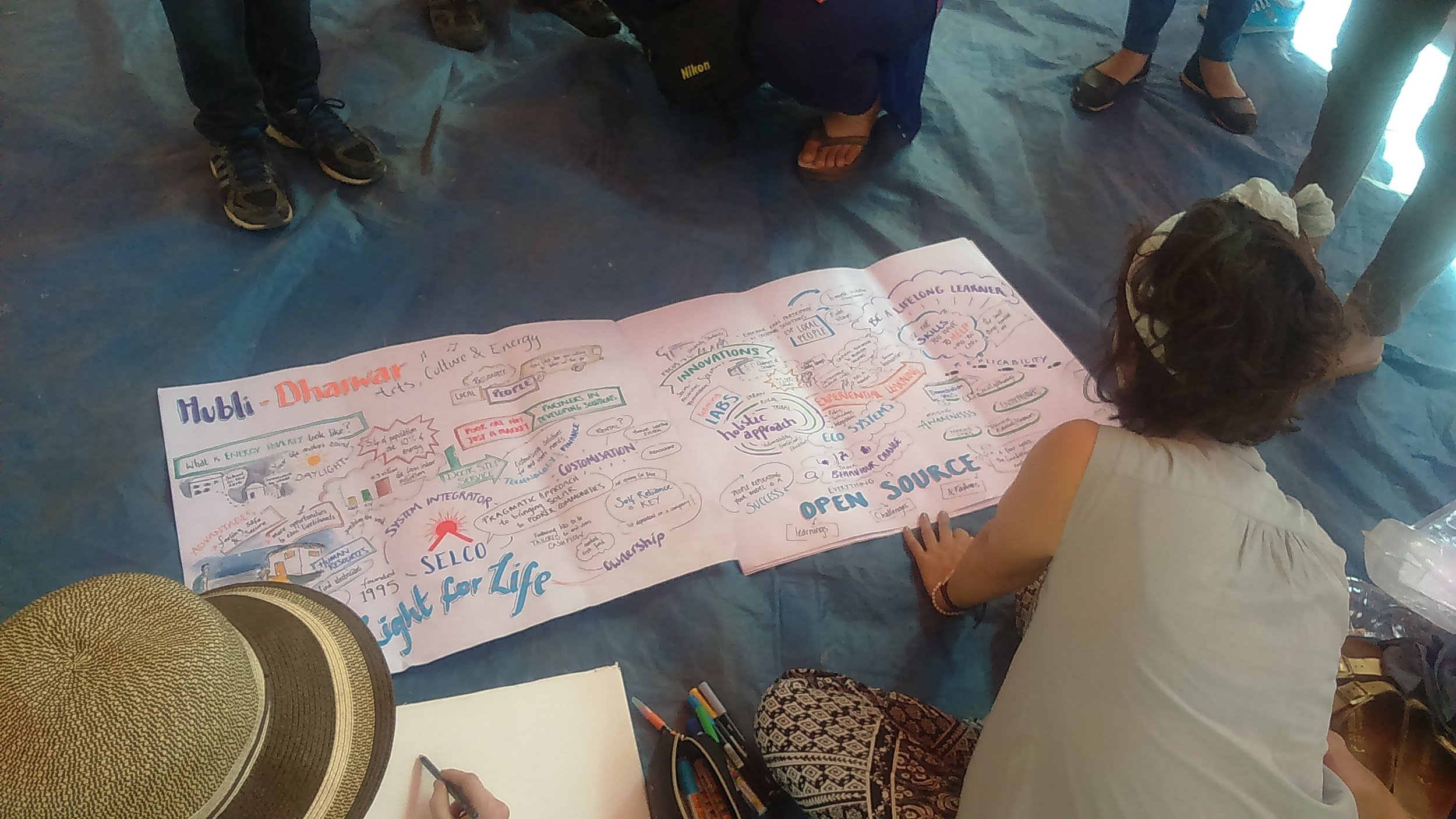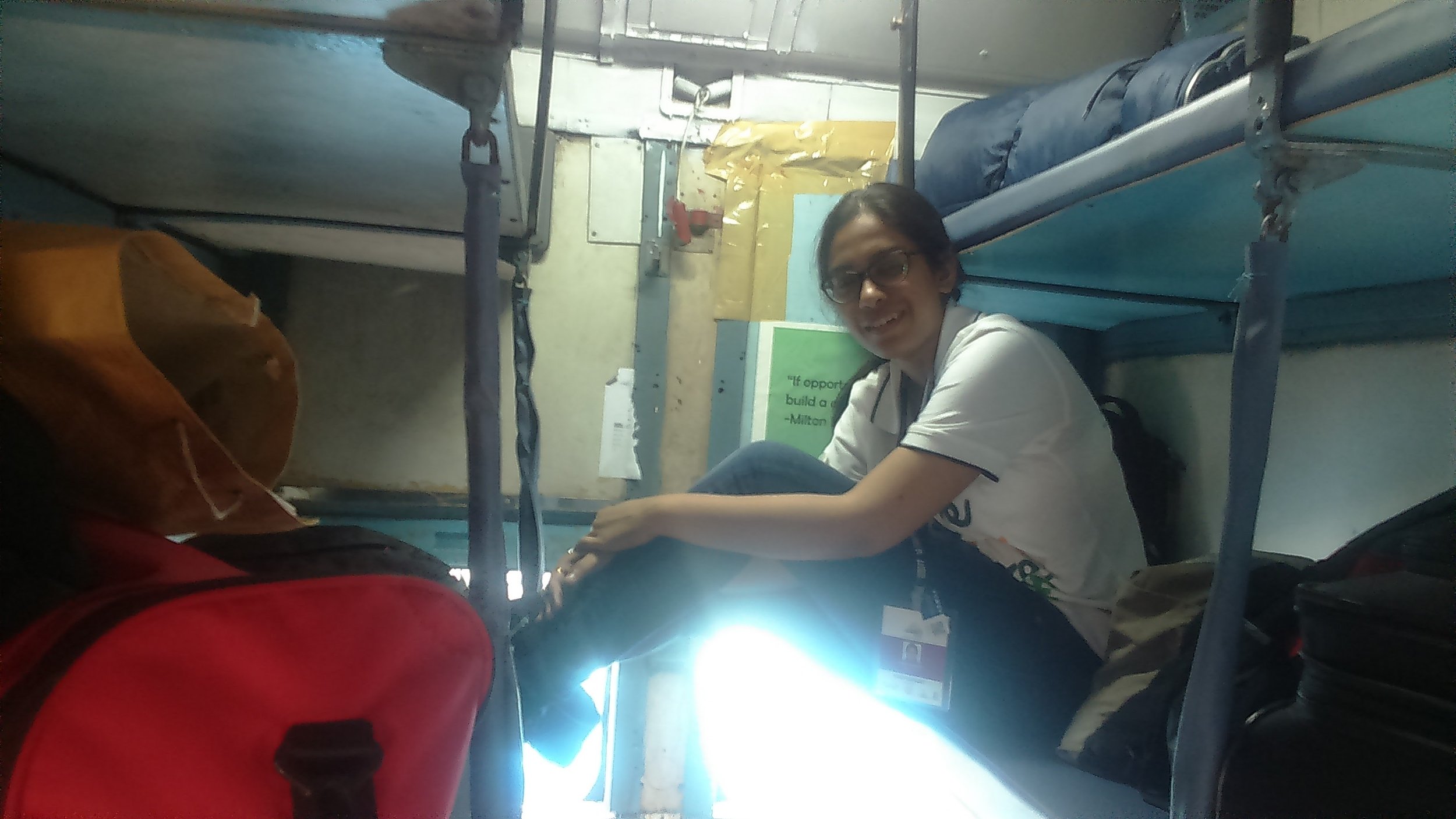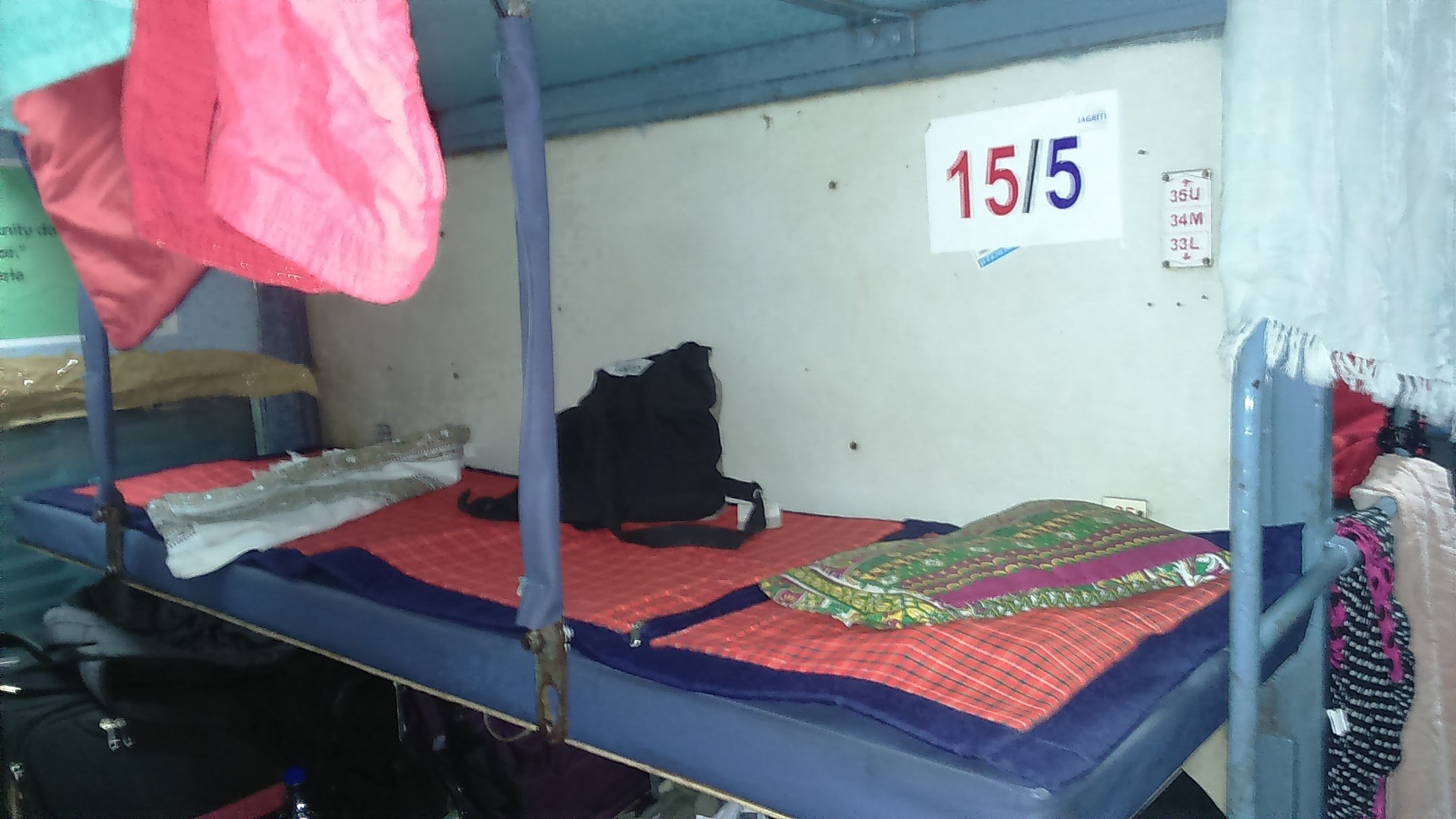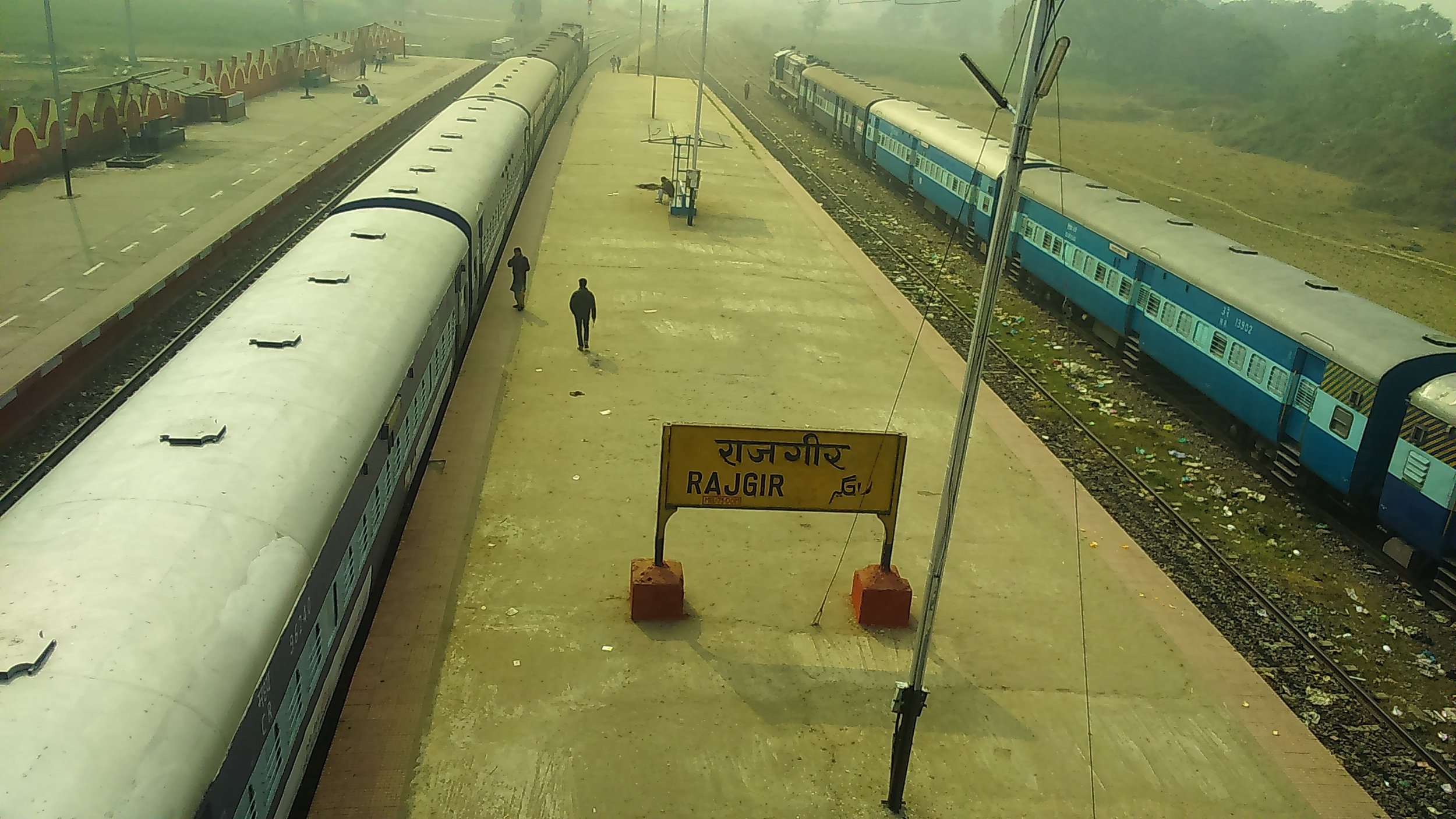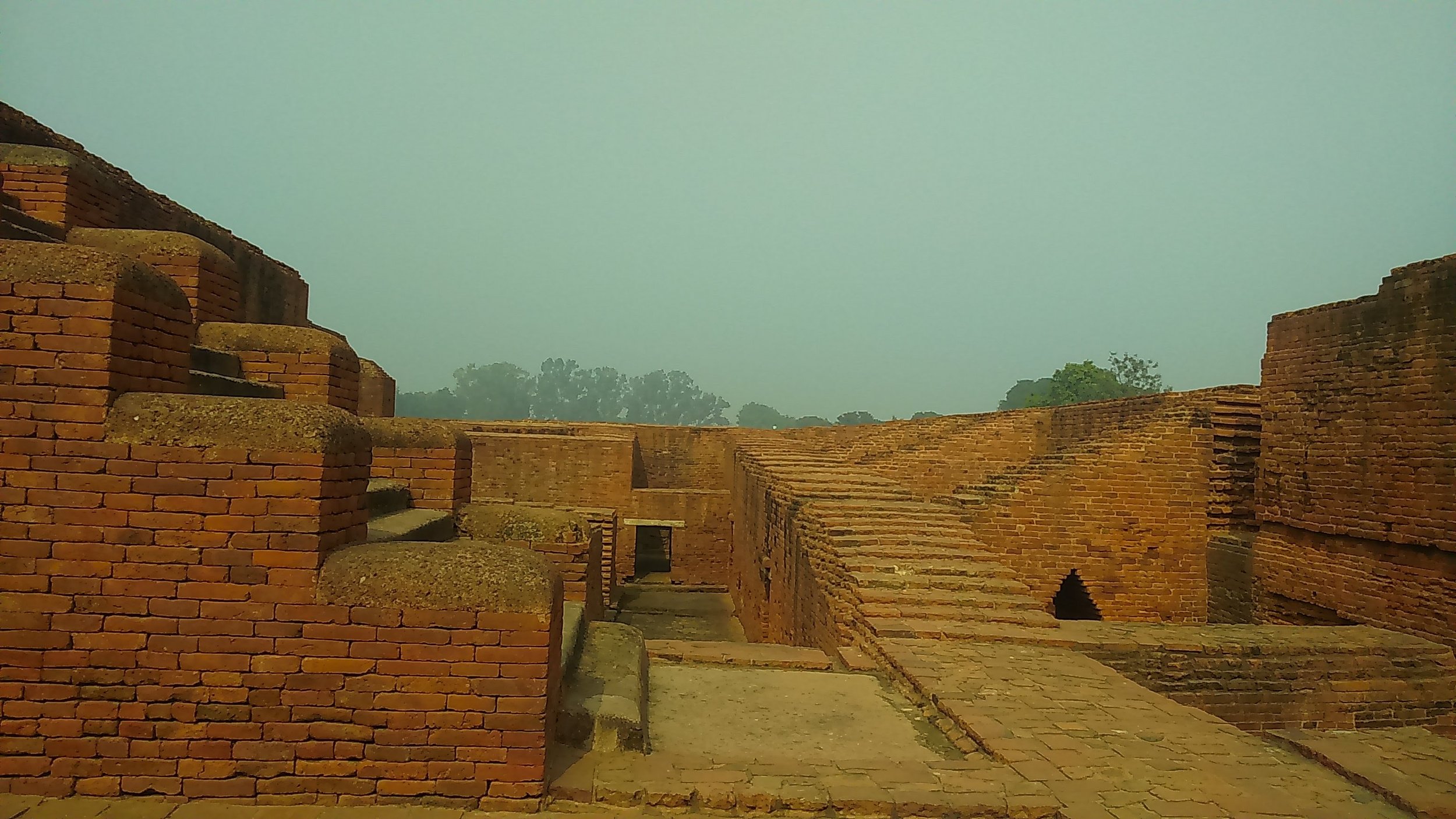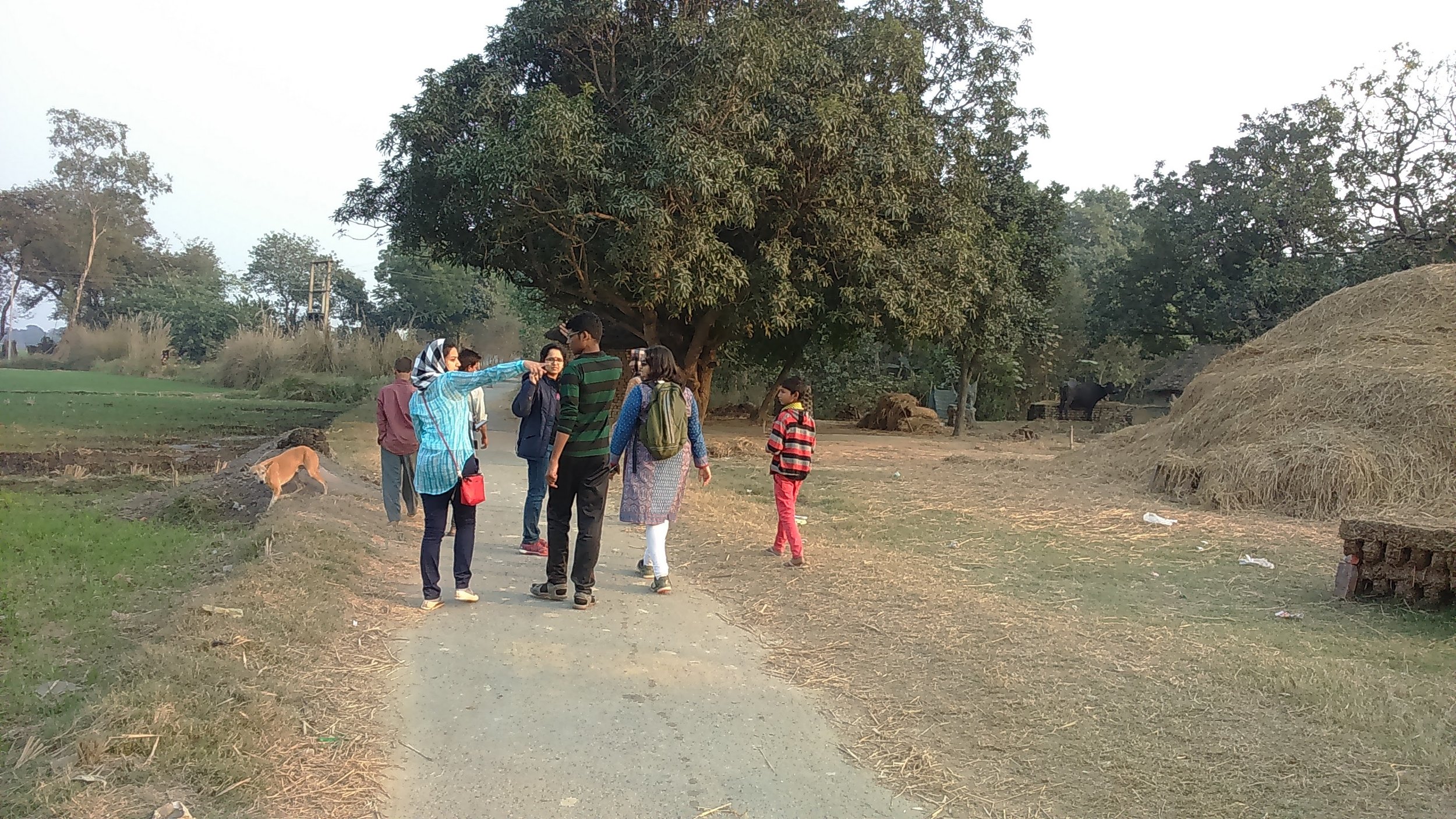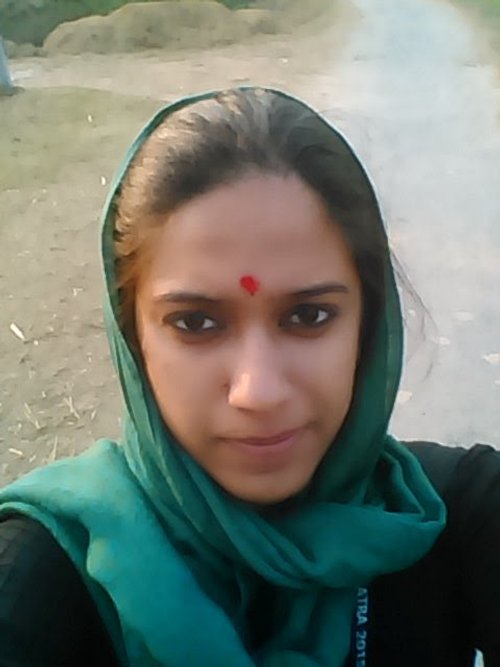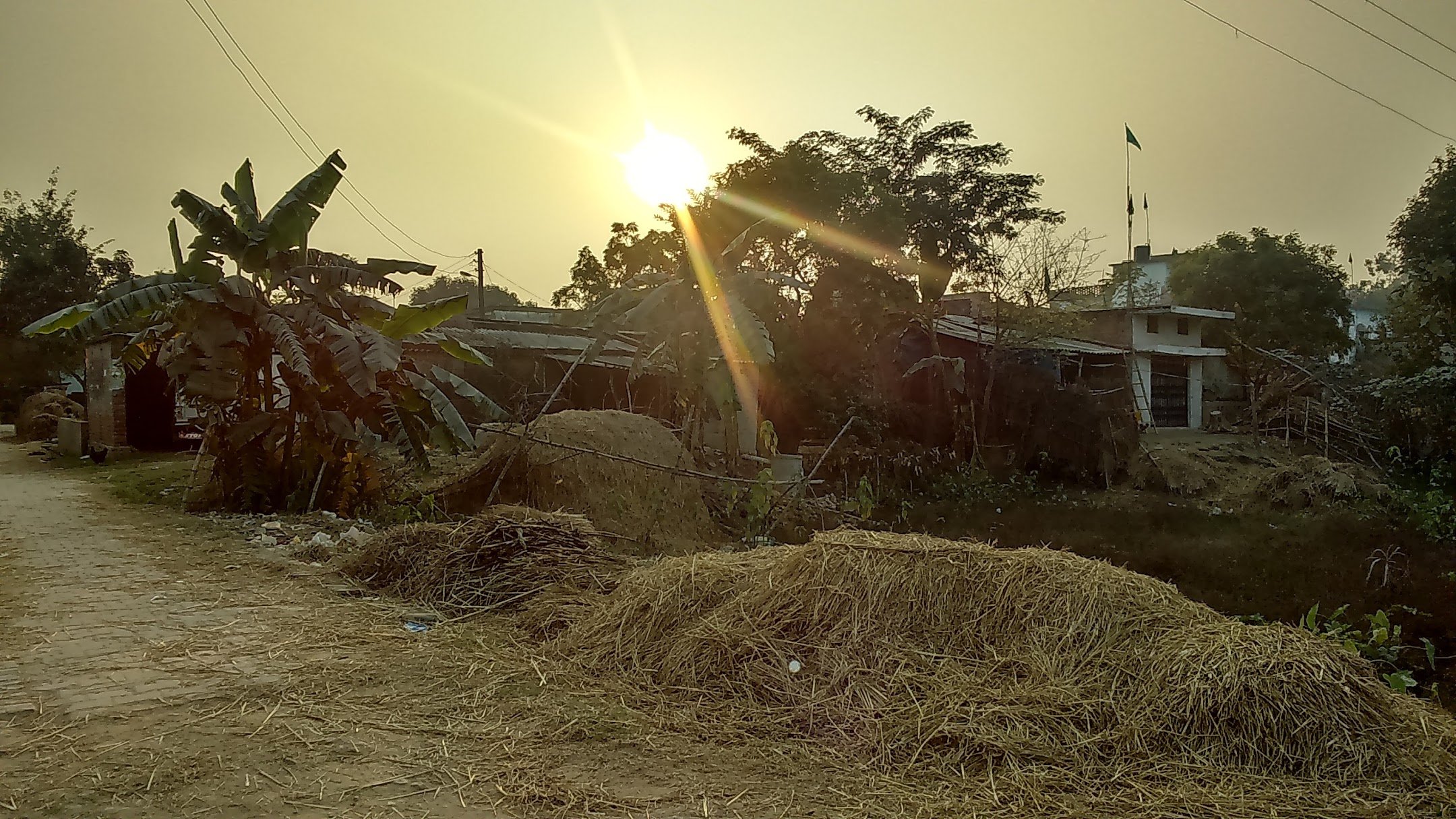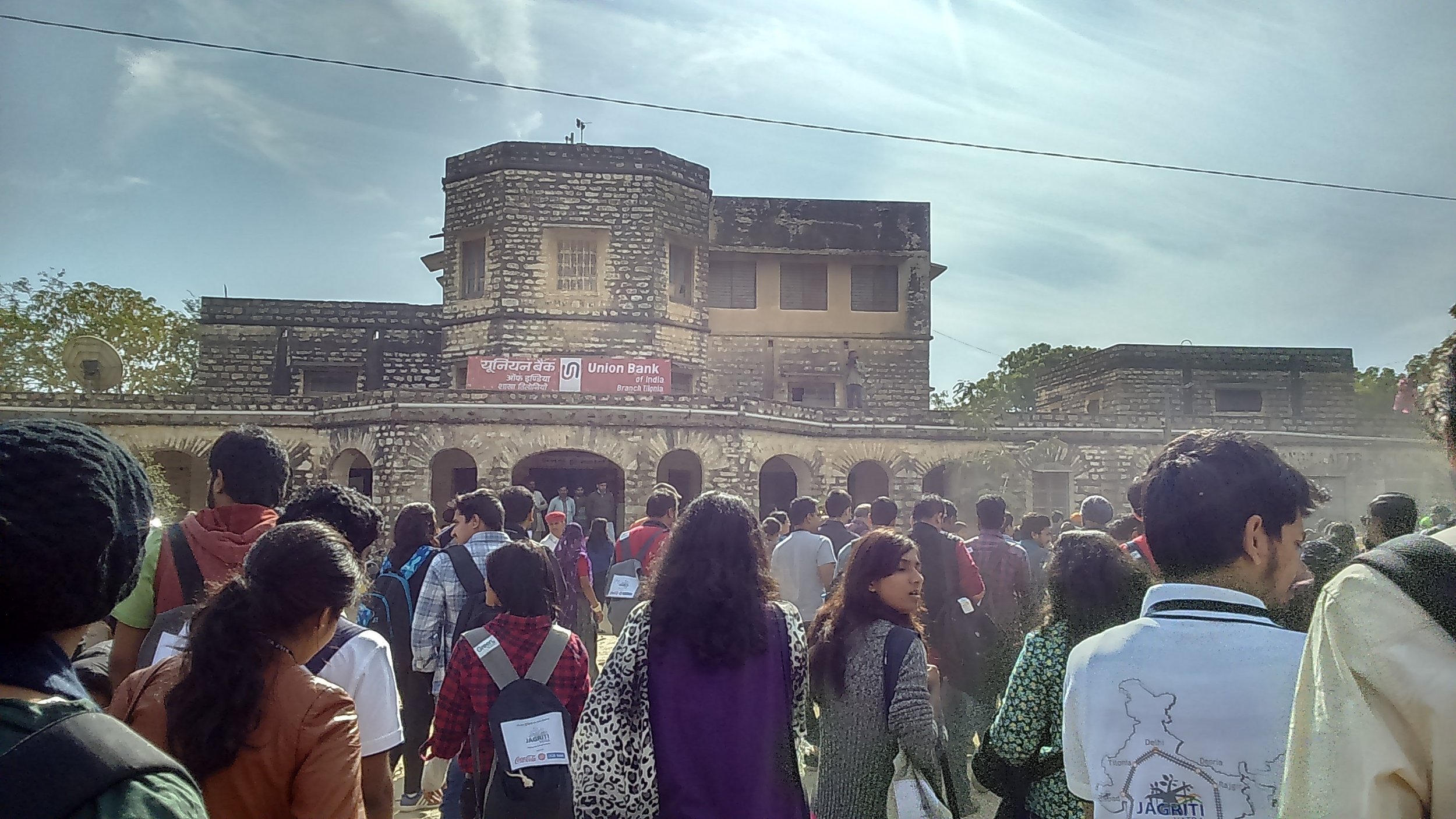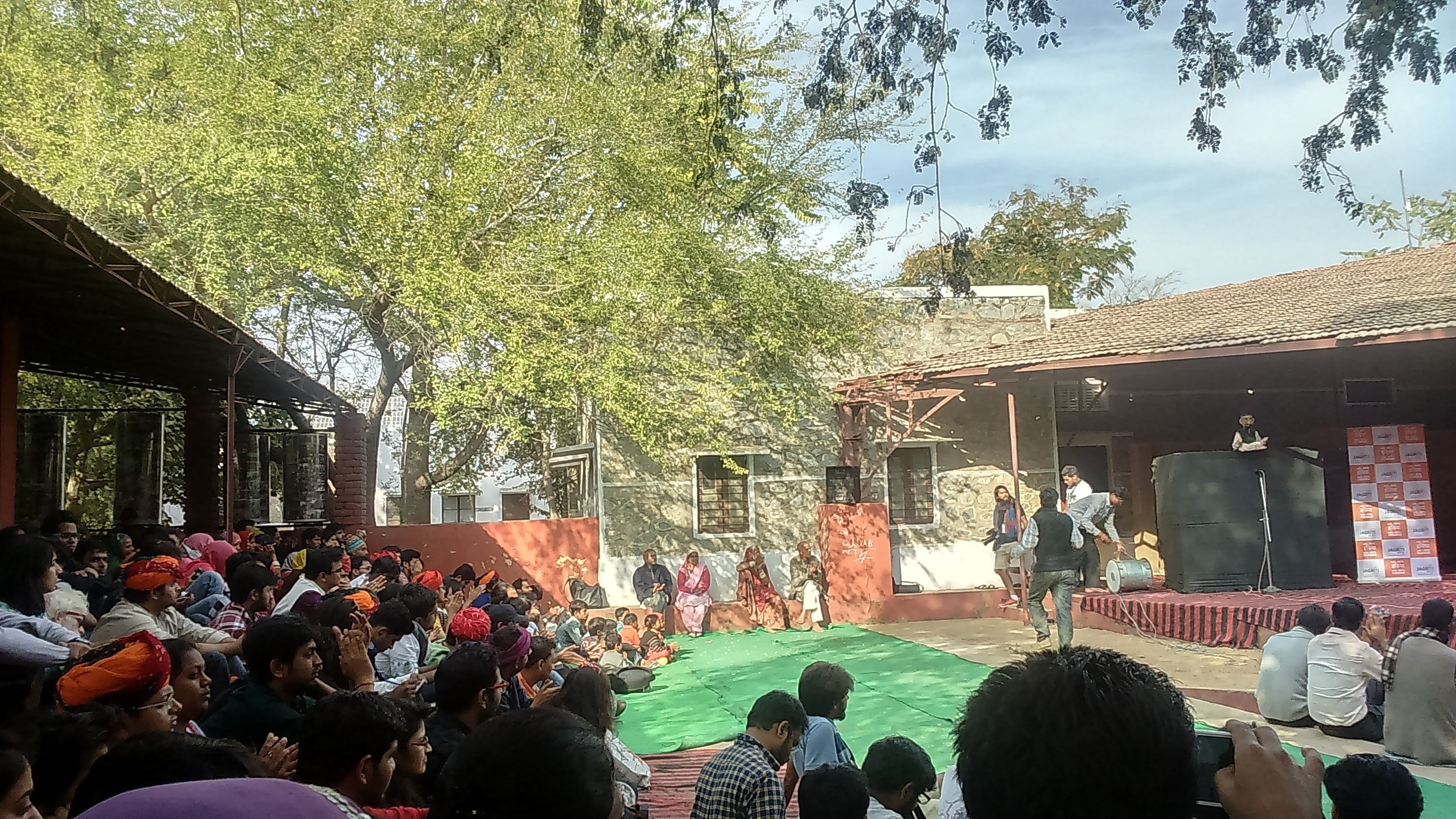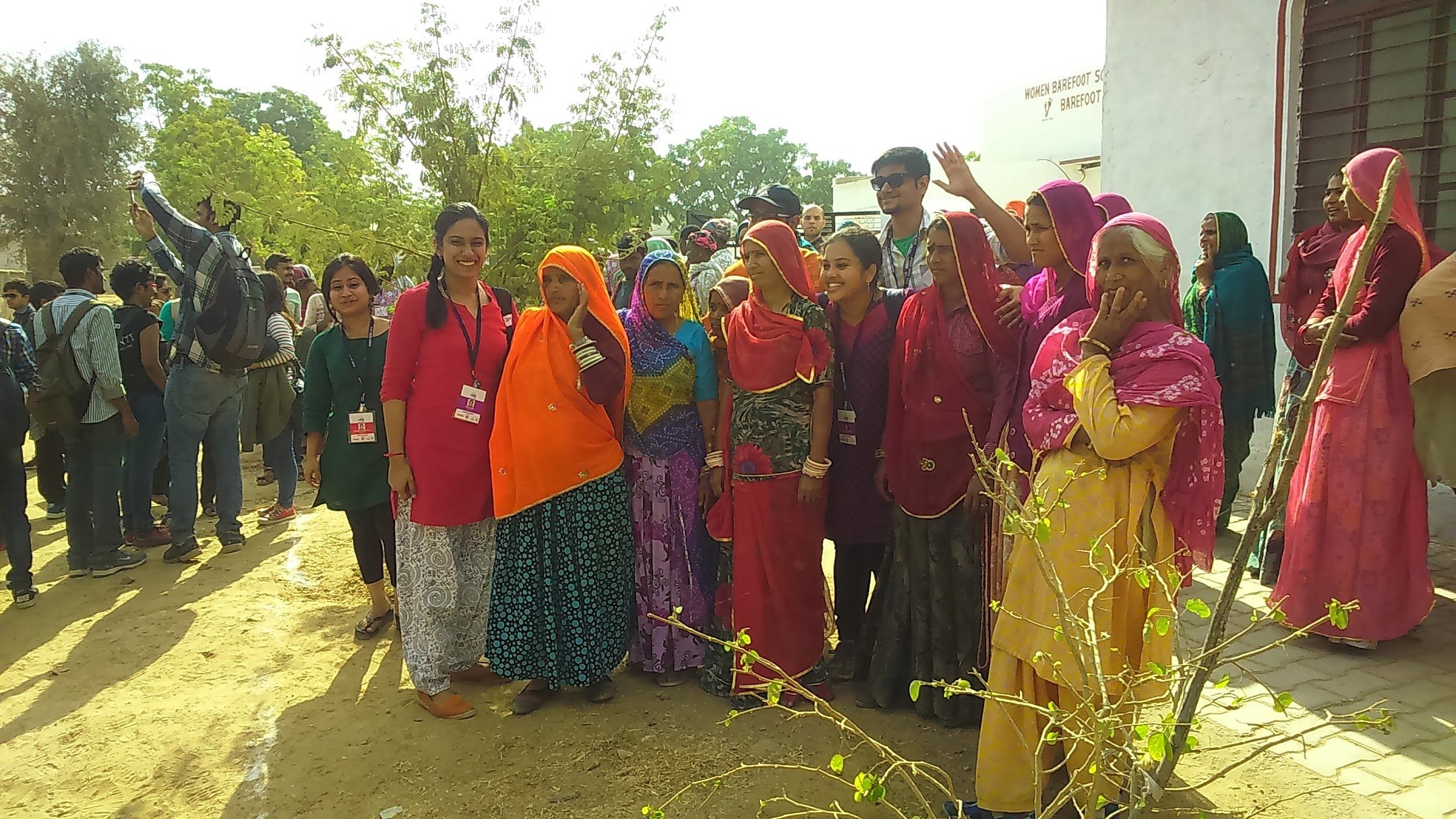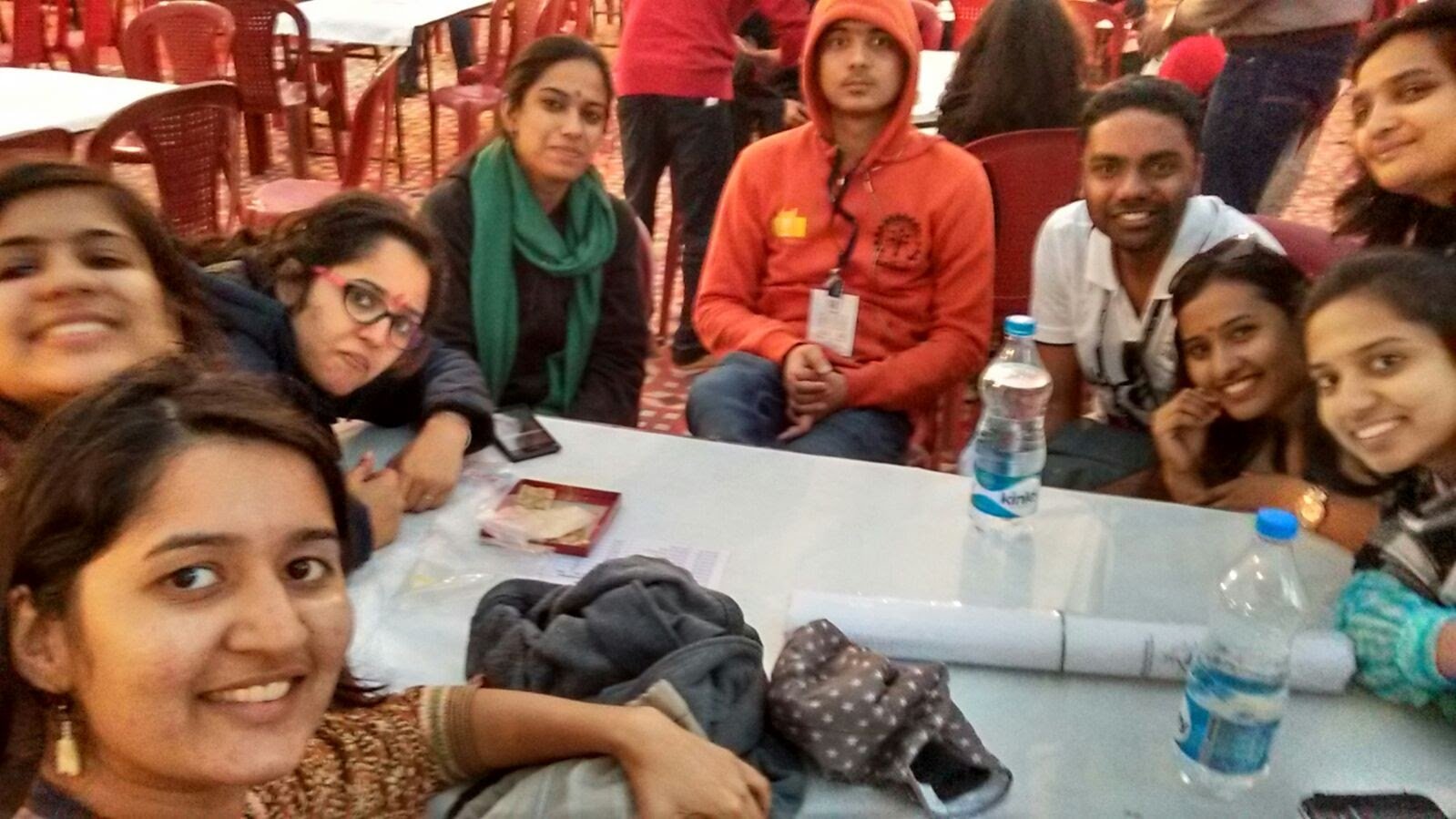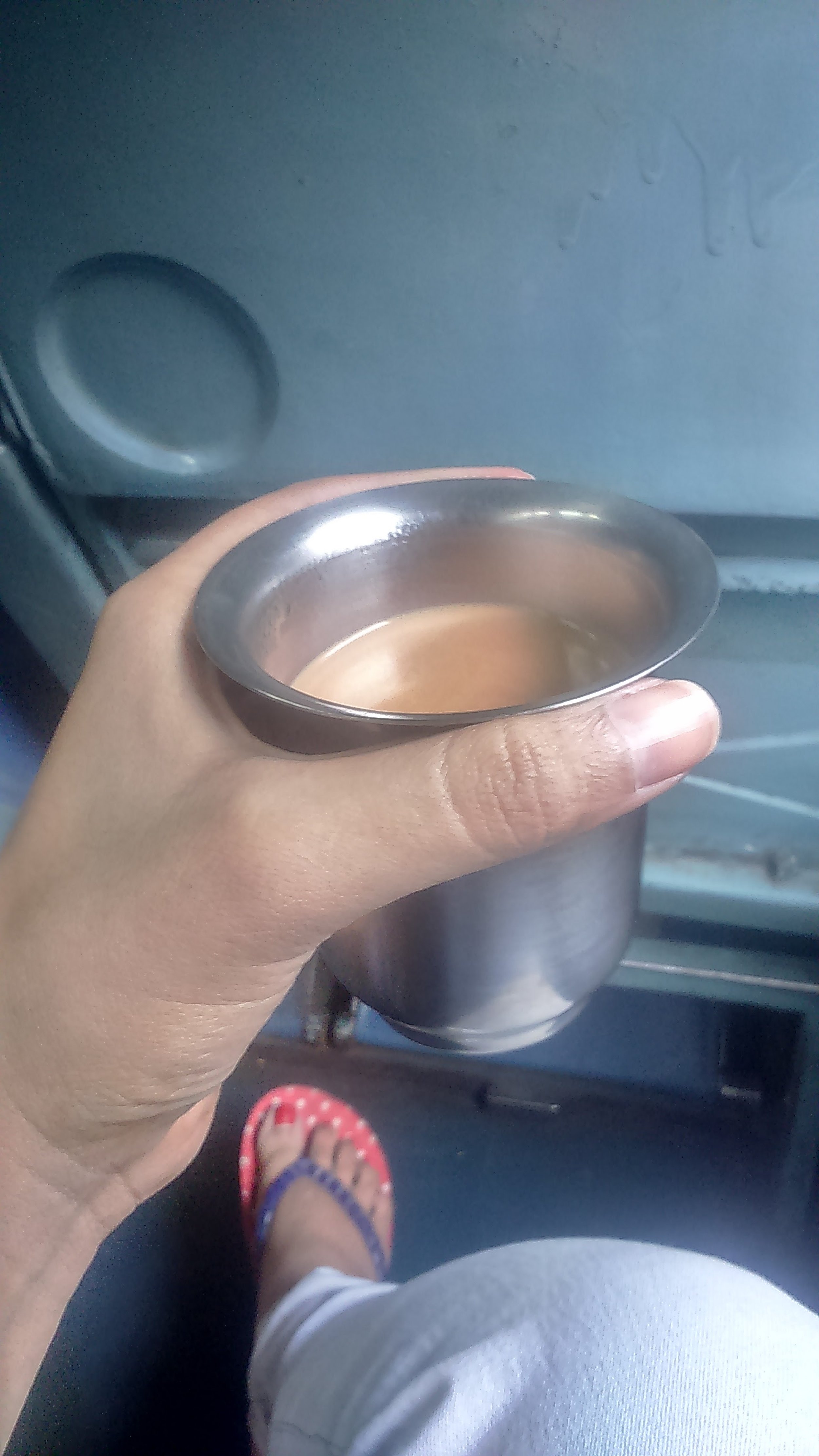Discovering Indian Entrepreneurs
on the Rail
“A nation is not its land and buildings – it is its people. If India as a nation has to rise and be empowered, the first and the foremost thing we need to do is to empower the people.”
Learning how to build India through enterprise.
About
I have always liked to travel to the remotest locations and exploring the life and culture of these places. In my opinion, travel gives you a sense of direction. I have always been someone who supports small businesses and envisioned to start a small start-up of my own. That’s when I found out about Jagriti Yatra. It is an ambitious train journey of discovery and transformation that takes hundreds of India's highly motivated youth, from all over India and world, on a 15 day, 8000 km national odyssey to meet the role models - social and business entrepreneurs - of the country. The vision of Jagriti is 'building India through enterprise'. I was one of the selected few hundreds who make it to this journey. I was immensely thrilled about the idea of living and surviving on a train for 15 days!
This lengthy travel was by no means luxurious. It was anything but that. As the train tried to accommodate the hygiene needs of 700 passengers, you had to survive in non-AC bogies (a classic Indian 3-tier, if you know what that is), sleep on a triple bunk bed that averages six feet by three feet, be surrounded by complete strangers, use squat toilets, and take bucket showers with almost cold water. But that's not the point. It was not meant to be cozy. It was intended to be authentic. A roller coaster of talks, feelings, and experiences results when you add that reality check to a group of highly motivated Indian Youth that are incredibly different and unique.
The train journey that carries over 700 people, from the CEO, staff, cleaners & participants throughout India in an effort to inspire the entrepreneurial spirit of the Youth on board. This troop visits local social entrepreneurs that have already had a significant positive impact on their communities as the train travels from place to place.
The Journey
As a Researcher who was just starting out, I wanted to make the most of this journey and understand people, their stories, why they do what they do. I think there was no better way than this to understand the principles of research, apply the theories of research methodologies into reality than being surrounded by 700+ people whom you could interview informally, visit places where you could conduct short ethnographic studies, learn how business were built from scratch with the remotest resources. As a researcher, being exposed to various experiences can enhance your skills and thats what this journey around India did for me. This page is a written and visual description of my journey during Jagriti Yatra.
The journey map
Day 1, 2 & 3 - Mumbai, Hubli
The first 2 days just went by settling in the train, the schedules, learning about your cohort (The 7 people who are placed together in the train compartment).These people are selected from various regions based on their journey and selectively placed to form a group. There were conversations which helped us know about each other’s journeys and life story. One of my cohort mates was from a small town in Haryana and had actually fought all odds and run away from the societal and patriarchal pressures of marrying to being a solo traveller and entrepreneur. Sounds exciting right?! But, in reality every person’s life trajectories are so different from ours that it makes us feel really inspired but small at the same time.
Karnataka's Hubli served as our first stop. It took the train which started from Mumbai a day and a half to reach here. I was eager to get outside and have a look because it was our first visit. Every stop featured a "role model," who was essentially an experienced entrepreneur who was shifting the tide one wave at a time. They shared their experiences with us in an effort to inspire the younger generation in particular by talking about the waves they had surmounted.
We went to a semi-alternative school, ‘Kalkeri Sangeet Vidyalaya’ in Hubli that was managed by some generous immigrants in a village. It was a free school supported by contributions that offered education to those in the area who are most in need. While floating on a campus mostly powered by solar energy and trees, they utilized music, dance, and art to mine minds. There was a sense of tranquil there, the type of calm that can only broken by the children's sweet inquiries.
Day 4, 5 & 6 - Bangalore, Madurai & Chennai
After a powerful day at Hubli, we headed towards the Art of Living International Center in Bangalore. It was interesting to see a business surrounded by faith and lifestyle. A simple concept of meditating, living a healthy lifestyle converted to a successful and growing business model. After a day at the Center and a bit of introspection within, we proceeded to the city of Temples, Madurai. Although the city was famous for the temples, we visited the Aravind Eye Care Hospital. This hospital has successfully eliminated needless blindness (cataracts) from all across Tamil Nadu. They are providing free eye surgeries to everyone in need but have a powerful business plan in place. From Madurai our train ventured to Madras (Now Chennai) at the MS Swaminathan Research Foundation. MSSRF aims to accelerate use of modern science for sustainable agricultural and rural development. These three days were an important leg of the journey teaching us about empathy and making a significant change in the community.
Day 7, 8 & 9 - Vizag, Berhampur & Nalanda
After a hot day at Chennai we proceeded to the breezy Vizag at the Akshay Patra Foundation. This struck a chord in my heart because, feeding and nurturing underprivileged kids so that they can evolve into sharper individuals in the future is the best gift you can give a child. I was really surprised to see the authentic and hygienic conditions of the kitchen where food is being prepared in large quantities. After Vizag the train proceeded to Berhampur at Gram Vikas. Hearing Joe Madiath talk about his journey and how he helped the rural community prosper with the limited resources was so inspiring. We went to Nalanda after that and spent time at the oldest university ruins in India. The ancient International Monastic University established in 5th century BC, which taught Vedas, Logic, Grammar, Medicine, Meta-Physics, Prose Composition and Rhetoric, was destroyed by the Khiljis and they managed to burn down 9 million manuscripts found here in aim to erase the knowledge from the roots. It was so heart wrenching to see the ruins and imagine how the knowledge could have passed down to generations had the wrath of Khiljis stayed afar.
Day 10, 11 & 12- Deoria & Delhi
After the impactful day at Nalanda, the train was enroute to Deoria, a small 4-tier village in Uttar Pradesh. The villagers welcomed us all with flowers, drums and the significant red tilakas on the foreheads. All the cohorts were assigned research topics related to the several difficulties faced by the villagers. Ours was Sanitation. When we first started talking to the villagers we felt that women were not very comfortable talking about the issues they face related to sanitation. I decided to get changed into more ethnic clothes and covered my head like most of the women at Deoria did and tried to blend in. I started knocking the doors of the villagers and the women were kind enough to take us in and serve us with tea and biscuits while answering our questions. We were both shocked and heartbroken to know that they had never used a sanitary napkin during menstruation, rather made a makeshift pad using old cloth and cow-dung cakes which would absorb the menstrual blood. I had never heard of this, these kind of conversations were so raw and real that I truly realised my passion for research. After a humbling experience at Deoria we headed to the capital city of India, Delhi. Unlike the villages we visited, the city was surrounded by the ancient as well as the modern architectural marvels. We had an inside look at how recycled materials are carved into beautiful products at Goonj by women artisans. After Delhi, it was time to move on to Rajasthan.
Day 13, 14 & 15
Rajasthan was sunny & colorful. The Barefoot college at Tilonia was one of my favourite stops of the Yatra. We met and interacted with the man behind the vision for this impactful foundation, Bunker Roy. He was like a breeze of cool air in the hot desert. It was so inspiring to interact with the artisans of Tilonia and look at the high quality products they had crafted. We met the group of women who through solar energy are bring electricity to the remotest spots. After Tilonia, we started off towards the land of Gandhi, Ahmedabad. We stopped by Sabarmati Ashram and peacefully glanced at the life of M.K Gandhi. A simple man with great ideas, it was indeed the best way to end the Yatra. We headed back to Mumbai after the most transforming experience of my life.

